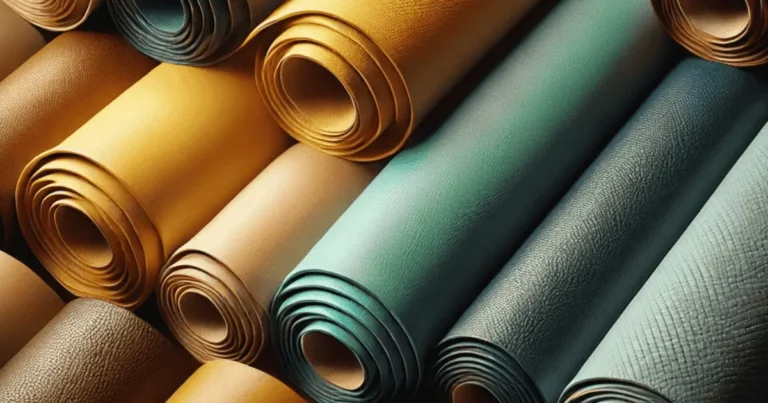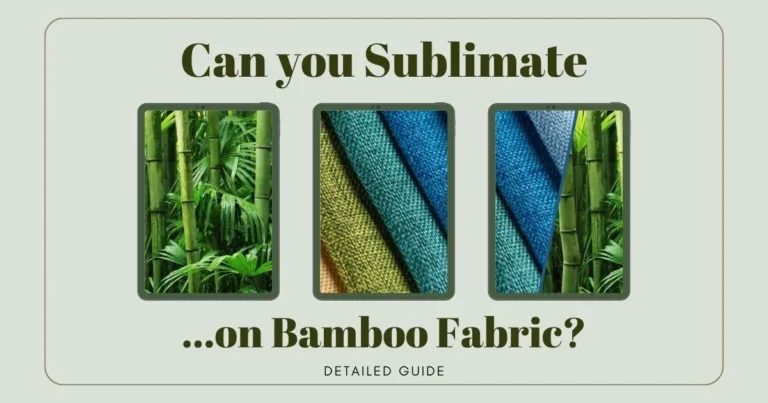Is Sublimation Ink Toxic?
Do you want to know if sublimation ink is toxic? All of the information you require is provided. Read on.
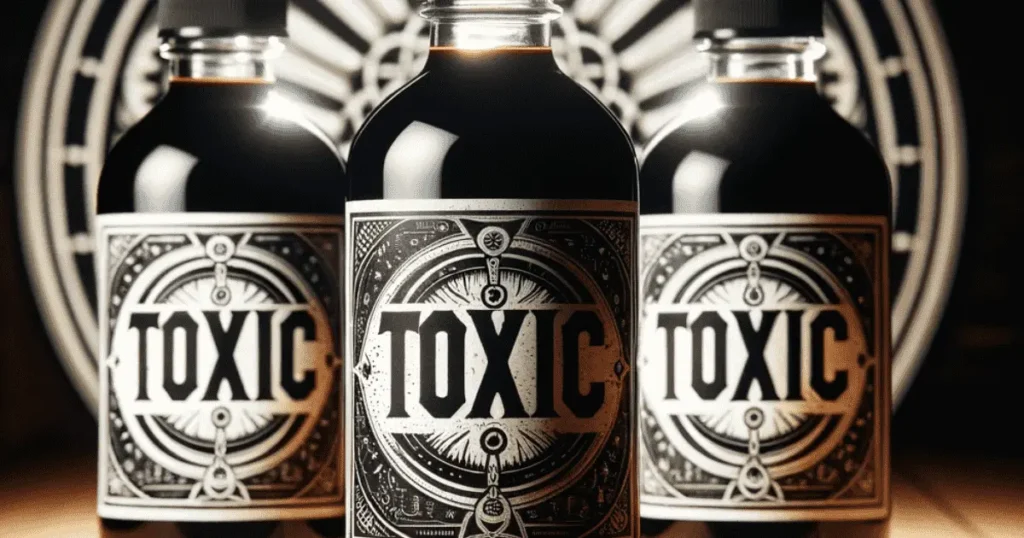
Do you have any concerns regarding the safety of sublimation ink? Fortunately, you are not alone. Continue reading as we address the question, “Is sublimation ink toxic?” directly. Thoroughly examine the environmental implications, essential precautions, and potential hazards associated with using these pigments in your printing endeavors.
Key Takeaways:
- When heated, sublimation ink becomes a gas that creates vibrant, long-lasting pictures. However, low-quality inks that contain harmful VOCs can make it less safe.
- Long-term exposure to sublimation fumes can be harmful to your health. That’s why it’s important to take safety precautions when dealing with sublimation inks, like making sure your workspace has enough air flow and wearing protective gear.
- Most people think that sublimation inks are eco-friendly because they are made from water and don’t create any waste during the printing process. However, there are better options like soy-based or UV-curable inks that are also available.
Related Post: Can You Put Epoxy Over Sublimation
Concept of Sublimation Ink:
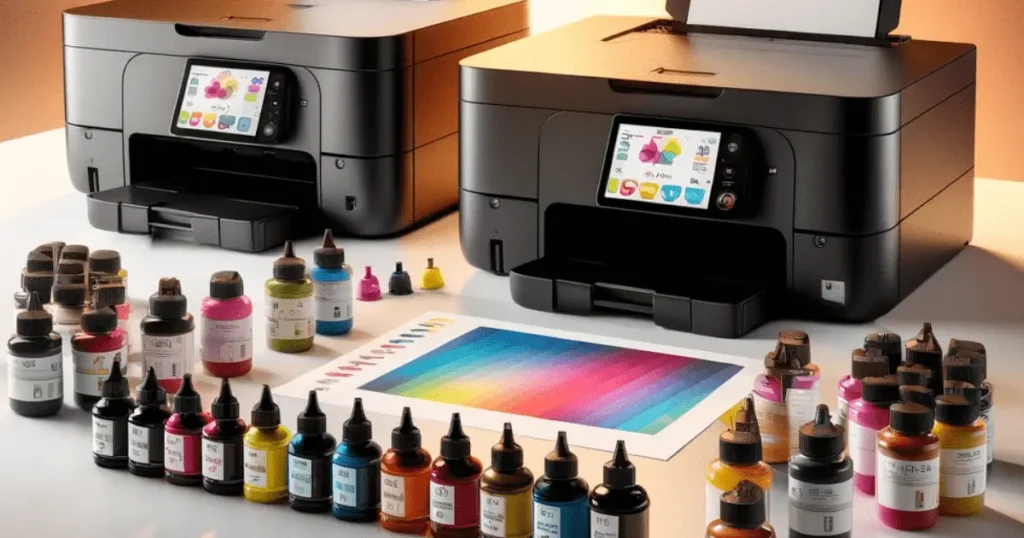
Let’s start with the basics. When it comes to writing, sublimation ink is one of a kind. It’s different from other inks in some important ways that make it a popular choice for making pictures that last.
What Is Sublimation Ink?
Some things make sublimation ink stand out. When it gets hot, it goes straight from being solid to being gas, skipping the liquid part. This quality is important for the sublimation process because it lets the ink soak into materials and make bright, long-lasting prints. We have a different page about the best sublimation inks for stunning results.
Components that Make up Sublimation Ink:
The parts that makeup sublimation ink give it its unique properties. Disperse dye microdispersion, water, and glycols are usually used to make sublimation ink. The color particles in the ink, which make up 1% to 10% of the solution, have a high melting point of 200 degrees Celsius or more.
This means that they can change from a solid to a gas during the sublimation process. After they have fully dried, these inks are safe for food and make beautiful pictures. But remember that different colors are not all the same quality. It is important to make a smart choice because low-quality sublimation ink could have dangerous ingredients.
Related Post: Can You Use an Iron for Sublimation?
How Does Sublimation Ink Work?
Sublimation ink makes writing on sublimation paper much better, which leads to bright sublimation prints. When heated, the ink turns into a gas that seeps into the cloth and bonds with its fibers in a way that lasts. When you use a heat press, good sublimation paints can help you get better print quality and lower the health risks.
As a result? Bright prints that won’t fade or get damaged over time.
Concerns about Toxicity and Safety Measures:

It is very important to know what safety issues sublimation ink can cause. There are many good things about sublimation ink, but there are also some risks and safety steps that need to be thought about when using it.
Is Sublimation Ink Dangerous?
Sublimation ink is usually thought to be safe, but keep in mind that the quality of the ink can change a lot. If you eat or breathe in low-quality sublimation ink, it may contain volatile organic compounds (VOCs) that are bad for your health. Because of this, it is always best to pick high-quality sublimation inks and use them properly.
Health Risks of Sublimation Ink:
Sublimation ink makes sublimation fumes, which aren’t usually thought to be harmful. However, long-term contact with these fumes could cause health problems like skin irritation, allergic reactions, and breathing problems, so sublimation fumes can be harmful in some situations. That’s why it’s very important to have enough airflow when using sublimation inks, especially cheaper ones.
Related Post: Can you Sublimate Over Sublimation?
Tips for Staying Safe When Using Sublimation Ink:
Because safety comes first, it’s always better to avoid something than to fix it. Here are some easy things you can do to lower the chance of getting ink on your skin or eyes:
- Put on safety gloves
- Put on safety glasses
- Put on an apron or lab coat.
- Make sure your area has enough airflow.
A desk with good ventilation can lower the risk of breathing in toxic fumes and make the place where you work safer.
Effects of Sublimation Ink on the Environment:
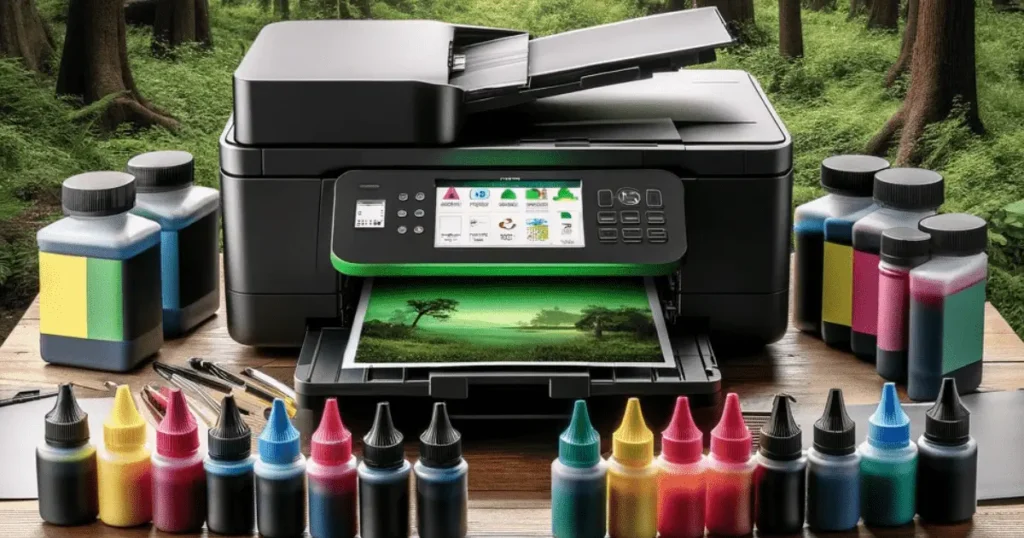
Aside from safety concerns, another thing to think about is how sublimation ink affects the earth. The good news is that sublimation ink is usually thought of as an environmentally friendly choice in the printing business.
Are Inks for Sublimation Eco-Friendly?
Sublimation paints are good for the environment in several ways:
- Since they are made from water, they are safe for the earth.
- In the printing process, they don’t make any trash.
- They don’t need water for the dying process, which lowers the risk of polluting water.
Recycling and Waste Management:
Sublimation printing can have even less of an effect on the earth if trash is properly disposed of and recycled. For example, sublimation ink cartridges can be recycled, though only about 20% to 30% of ink cartridges are recycled at the moment.
Related Post: How Long Does Screen Print Last
More Eco-friendly Options Besides Sublimation Ink:
There are options for sublimation ink that are better for the environment for people who want to do more sustainable things. There are dye inks that are water-based, soy-based, and UV-curable. All of these are better for the environment than standard sublimation inks.
Common False Beliefs and Myths Regarding Sublimation Ink:
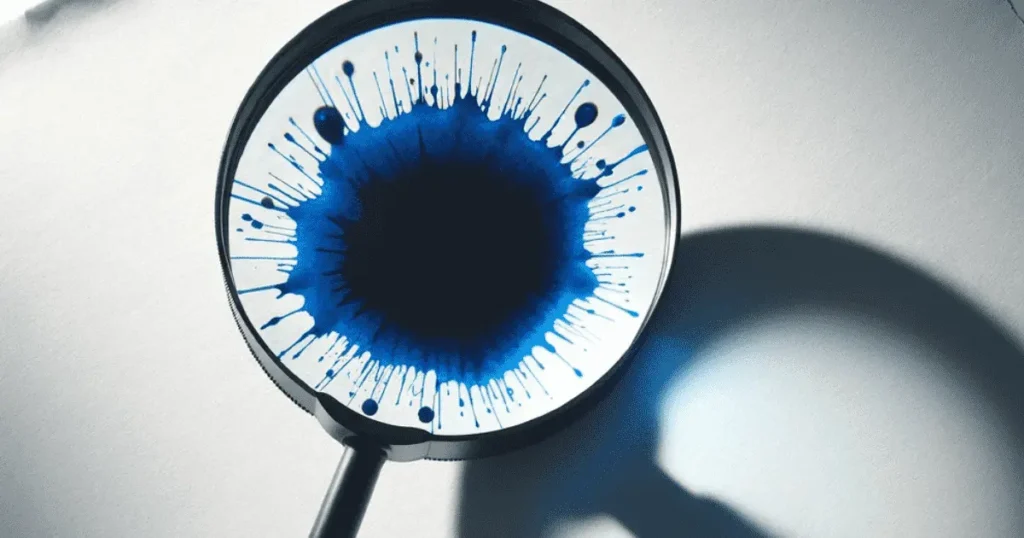
Now that we have covered the essentials, let’s debunk a few common myths and misconceptions regarding sublimation ink.
Myth 1) All Inks Used for Sublimation Are Toxic:
It’s a common misconception that all sublimation inks are poisonous. Most are secure when utilized properly. Non-toxic sublimation inks come in a variety of forms, such as:
- Component links 1 and 2
- Inks with thermal curing
- UV-curable inks
- Epoxy-based inks
Myth 2) Fumes from Sublimation Inks are Always Dangerous:
Another widespread misconception is that vapors from sublimation ink are never toxic. These vapors are not necessarily toxic, even if it is true that they may be damaging if adequate ventilation is not given.
Myth 3) Sublimation Ink is not Safe for Items that Come into Contact with Food:
The last myth is that food-contact goods made using sublimation ink should not be used. In actuality, food-safe qualities of sublimation ink are guaranteed, particularly when combined with food-safe polyester coatings.
Related Post: Can you Sublimate on a Baseball
Tips for Selecting High-Quality Sublimation Ink:
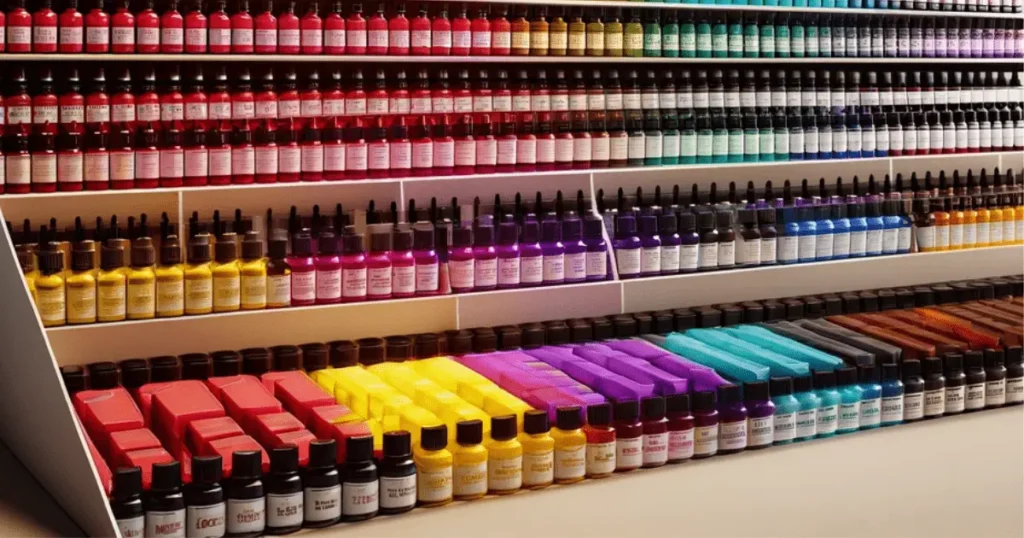
It is important to choose high-quality sublimation ink for printing that is both safe and effective. It can be very helpful to find cheap sublimation ink that meets these standards. But if you use cheap sublimation inks, you might not get good results and your printer might even get damaged.
Factors to Consider When Selecting Sublimation Ink:
When choosing sublimation ink, you should think about several things, such as the name of the brand, whether it works with your printer, and how eco-friendly it is.
The Best Brands of Sublimation Ink:
One of the best sublimation ink brands is SubZone Ink. Other great names are Pirate Jacks and Cosmos. You can print with these names because they are known for being high-quality and working well.
Signs That Your Sublimation Ink Isn’t Good:
Finally, it’s important to know how to spot bad sublimation ink. Poor color brightness, clogged print heads, and strong smells while printing can all be signs of ink that isn’t very good.
Related Post: Can You Use an Iron Instead of a Heat Press
Bottom Line:
Lastly, sublimation ink is an interesting subject that deserves a lot of thought. It’s a flexible printing tool that can make bright, long-lasting pictures on a range of surfaces.
FAQ
Last Updated on June 5, 2024 by Muhammad Haseeb



